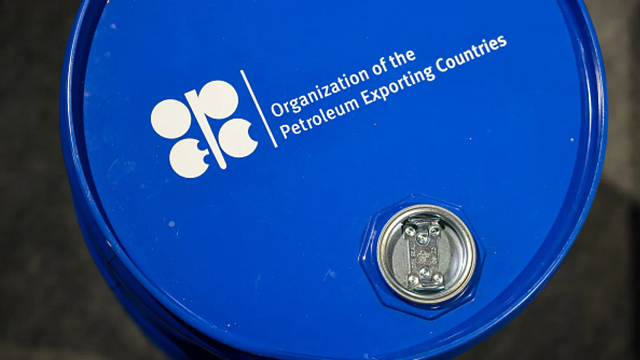
Goldman Sachs has revised down its oil price forecasts to reflect the anticipated increase in OPEC+ supply starting in July. The Wall Street bank now expects Brent crude to average $60 per barrel and WTI to average $56 per barrel for the remainder of 2025 — down from previous projections of $63 and $59, respectively. For 2026, the bank forecasts Brent and WTI to average $56 and $52 per barrel, compared to prior estimates of $58 and $55.
The revision follows OPEC+’s decision to raise production by 411,000 barrels per day in June, aligning with Goldman’s base case scenario. “This decision likely reflects relatively low inventories and a broader shift toward a more balanced long-term framework that emphasizes internal cohesion and discipline around U.S. shale supply,” Goldman strategists led by Daan Struyven noted.
Goldman now expects a 411,000 barrels per day increase in July, up from their earlier estimate of 140,000 barrels per day, citing a change in expectations around the group’s production strategy. They also pointed to stronger-than-expected U.S. economic data — including robust payrolls and ISM readings — as a reason why OPEC+ may sustain its current pace of output growth when it reconvenes on June 1.
Despite tightening fundamentals, Goldman maintains a cautious outlook on oil prices, warning of downside risks. “Our core belief remains that elevated spare capacity and high recession risk skew the risks for oil prices to the downside,” the strategists said. They warned that prices may face further downward pressure if supply continues to rise while demand weakens.
According to the bank, the gradual unwinding of OPEC+’s 2.2 million barrels per day cuts could push Brent crude toward the upper $40s to $50 range, and WTI into the mid-$40s to $50 per barrel by late 2026. In a more adverse scenario involving a global economic downturn, Brent could fall to around $40, and WTI to just above $30 per barrel.
“While this outcome is even less likely, we cannot rule out further production increases after the full reversal of the 2.2 million barrels per day cut, which would still leave several core OPEC producers with significant spare capacity,” the strategists added.









